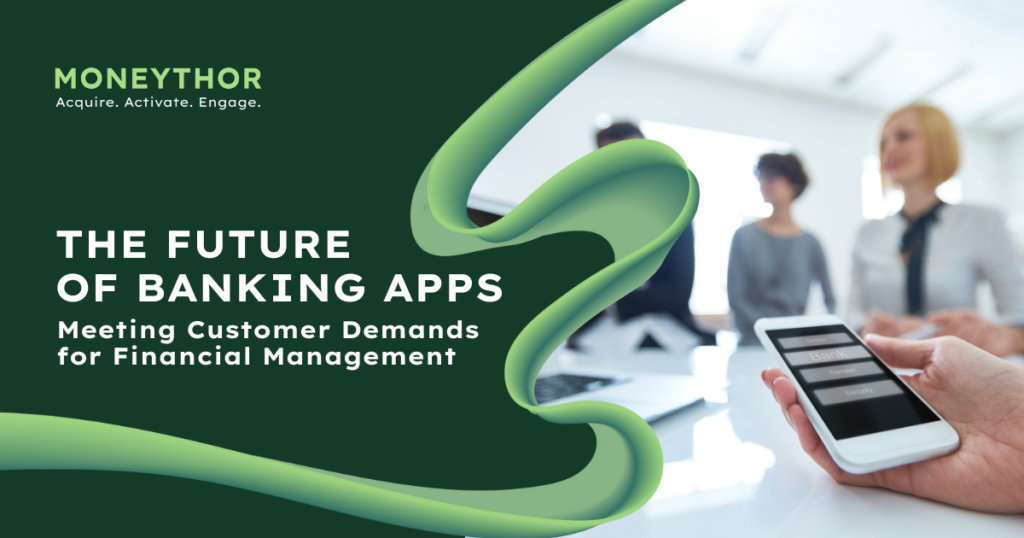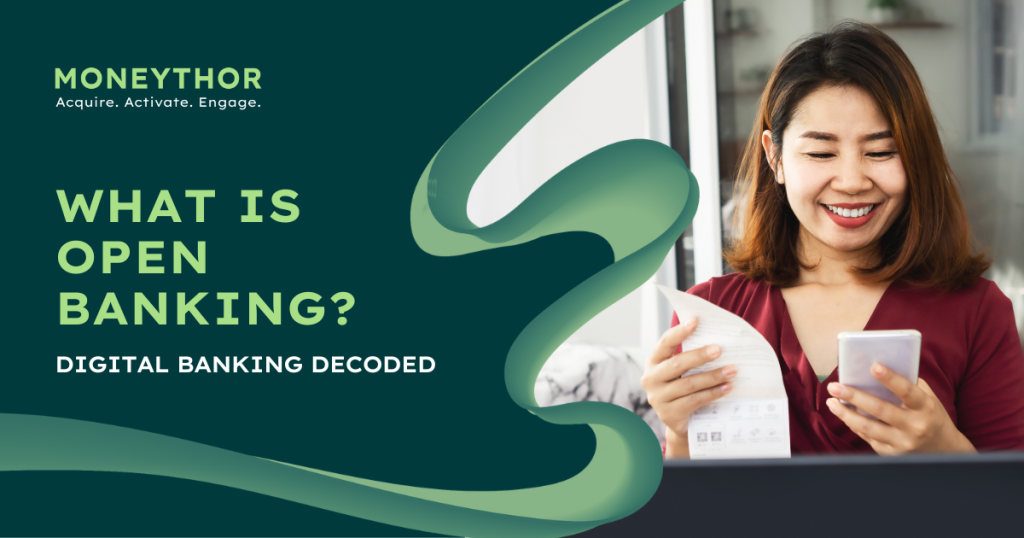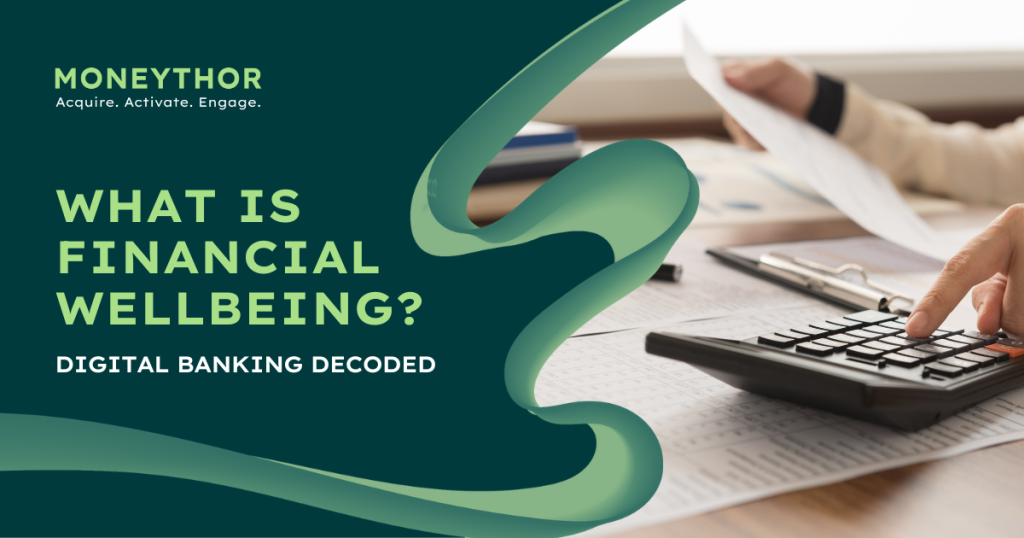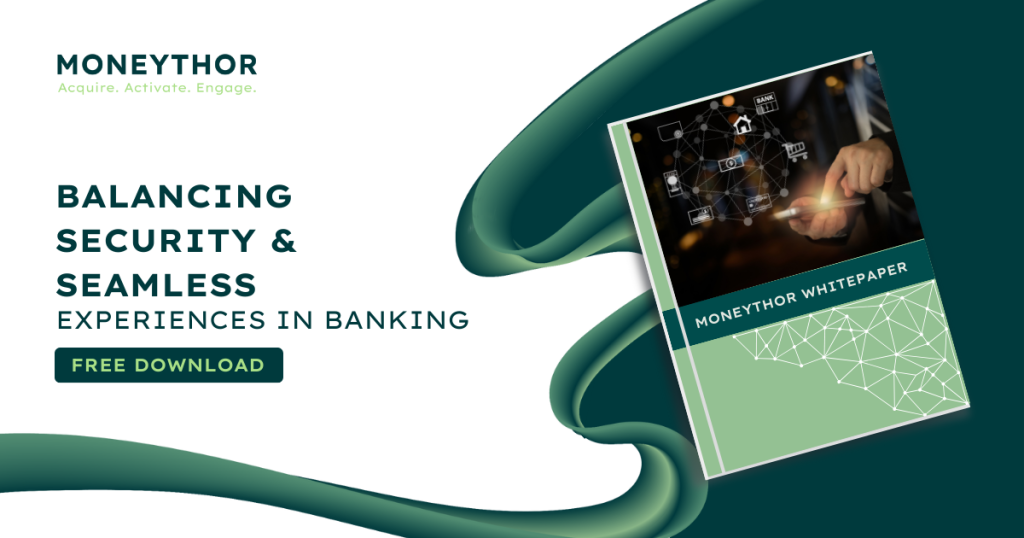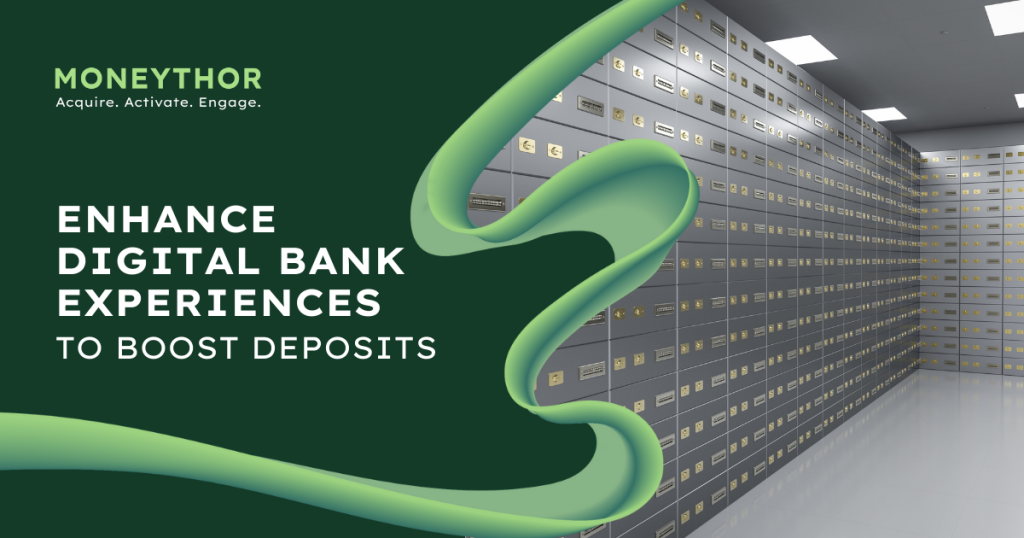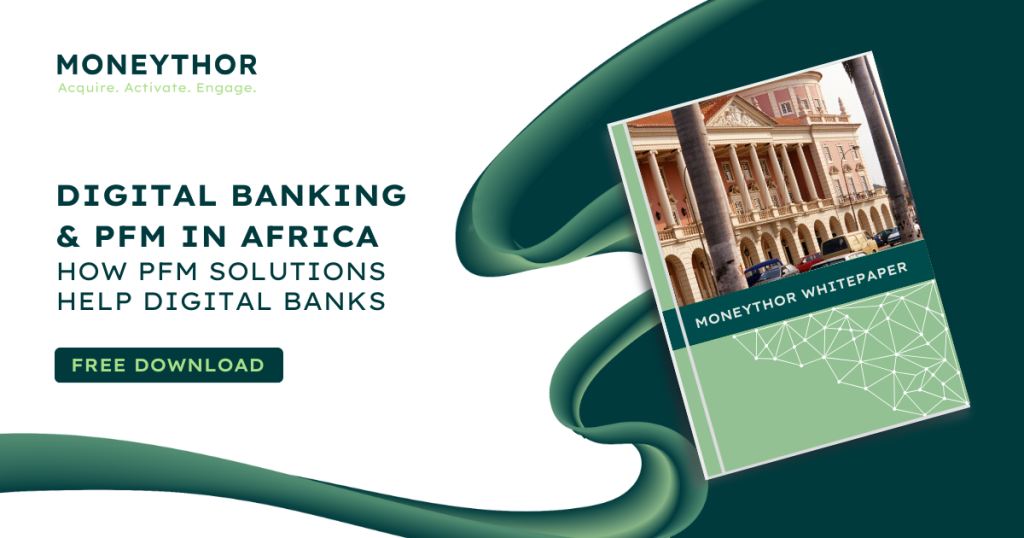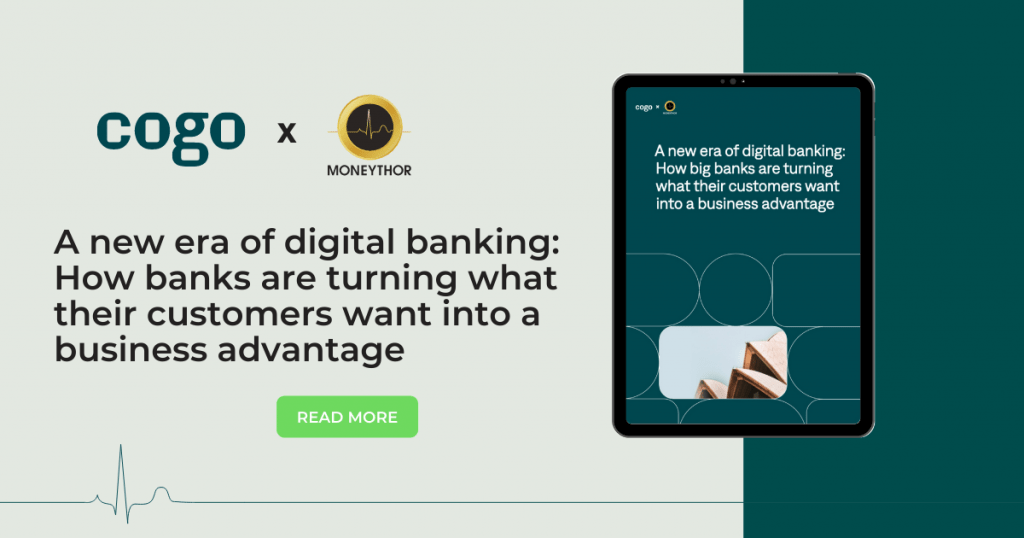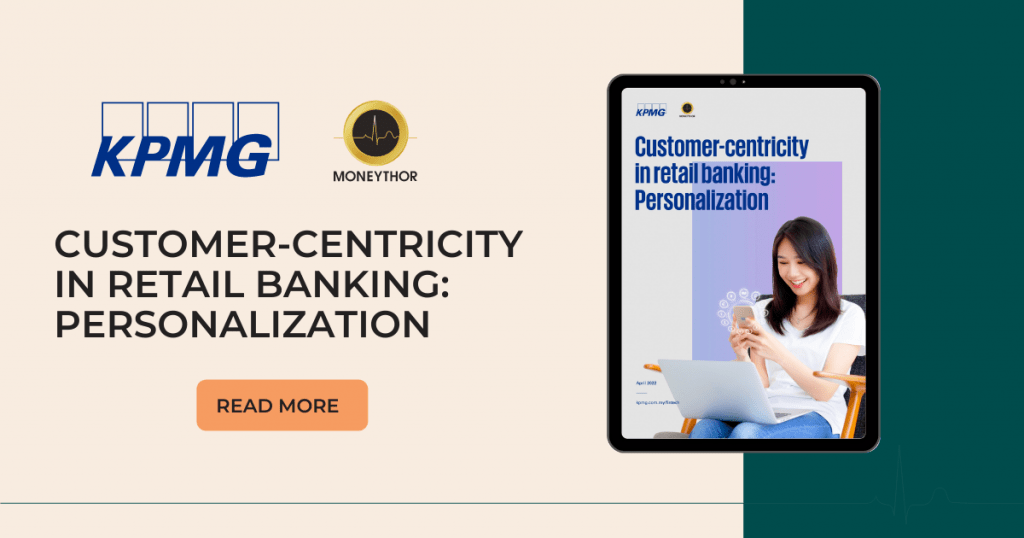Category: Digital Banking
Top 10 Tips for Creating a Successful Referral Management Programme
In today’s competitive market, harnessing the power of referrals by existing customers is more important [...]
From Rewards to Relationships: Building Customer Loyalty with Digital Badges
In the competitive world of digital banking, building and maintaining customer loyalty is more crucial [...]
The Future of Banking Apps: Meeting Customer Demands for Financial Management
In today’s dynamic financial landscape, banking apps have become necessary for effective money management. With [...]
Delivering a Powerful Solution to Help New Zealand Customers Manage Their Finances
The current state of play In the midst of a cost-of-living crisis and with rising [...]
What is Open Banking?
Open Banking involves the secure sharing of financial data and services with third parties through [...]
What is Financial Wellbeing?
According to the Consumer Financial Protection Bureau, financial wellbeing is defined as “a state of being [...]
A Personalised Approach to Driving Customer Acquisition and Activation in Digital Banking
Personalisation has and continues to be a key area of focus for the banking sector [...]
Top Banking Trends 2024
As we approach 2024, digital banking is set for substantial changes, influenced by emerging trends [...]
Unlocking Profitability with Customer Activation Management
The current state of play In today’s competitive banking landscape, there is an imperative for [...]
A Guide to Successful Referral Programs in Banking
The value of incentivised referrals With many financial institutions vying for market share, the pressure [...]
Balancing Security and Seamless Experiences
Introduction In an era where digital transactions and online banking have become the norm, financial [...]
Enhancing Financial Wellbeing: The Role of Australian Mutuals
The Role of Australian Mutuals in the Financial Ecosystem The role of mutual banks (mutuals), [...]
How to Enhance Digital Banking Experiences to Boost Deposits
In today’s competitive world of banking, financial institutions such as banks, credit unions and large [...]
The Power of Gift Cards: Driving Engagement in Digital Banking
In the ever-evolving landscape of digital banking, customer engagement has become a top priority for [...]
Digital Banking and PFM in Africa
The Current State of Play in African Banking African consumers are swiftly embracing and adopting [...]
Mental Accounting Bias | Bitesize Behavioural Science
Does money always mean the same thing to us? Or do we respond differently to [...]
The Role of Data Categorisation in Digital Banking
One of the biggest challenges facing banks today is how to effectively analyse and use [...]
Financial Wellbeing in a Cost-Of-Living Crisis
The cost-of-living has continued to increase in many parts of the world. Factors such as [...]
A new era of digital banking: How banks are turning what their customers want into a business advantage
Introduction Traditionally, fintech and banking product marketing teams are constantly ideating to come up with [...]
Customer-centricity in retail banking: Personalization
Digital banks have been hailed as forerunners within an era of rapid technological advances, propelling [...]


